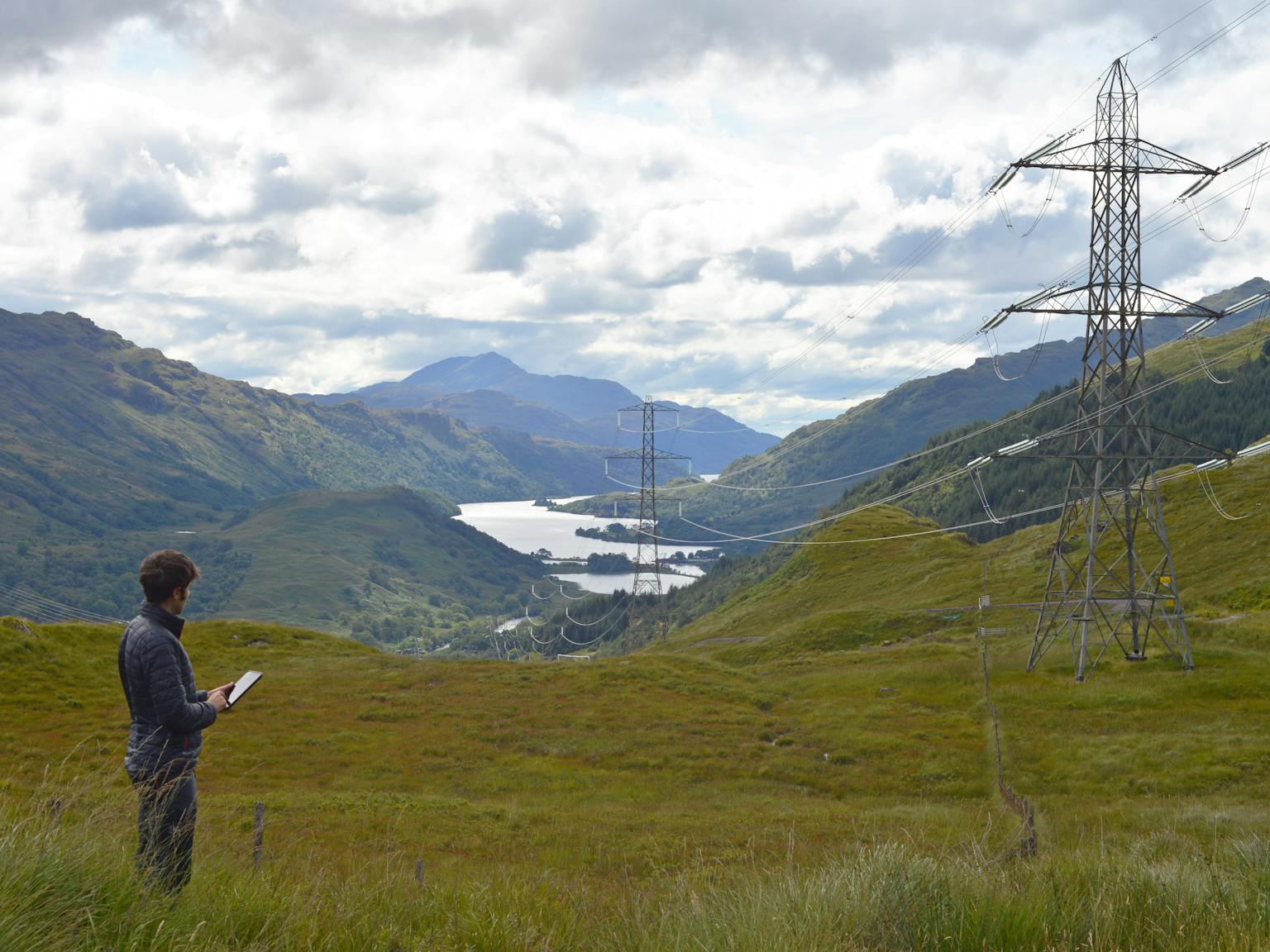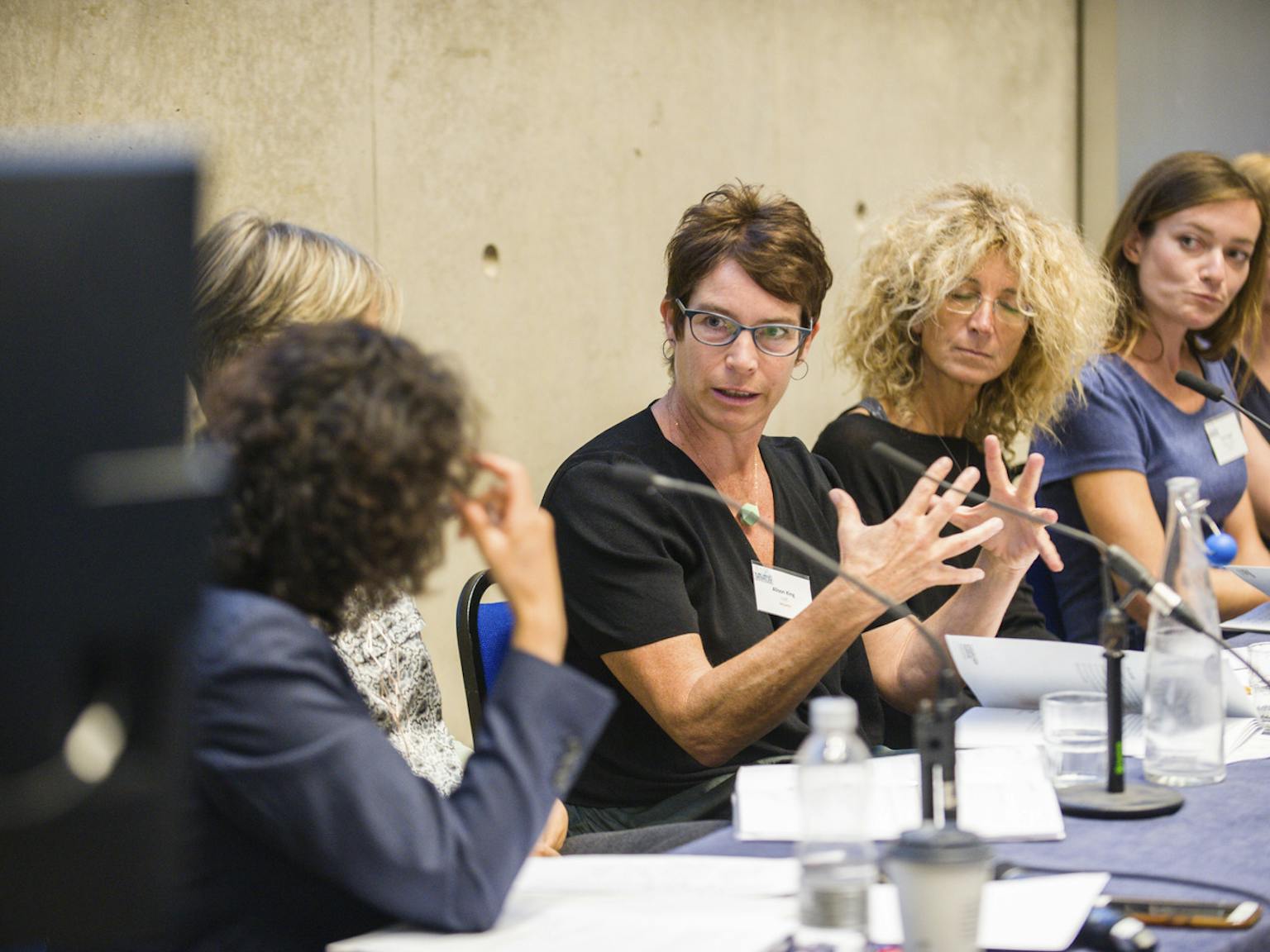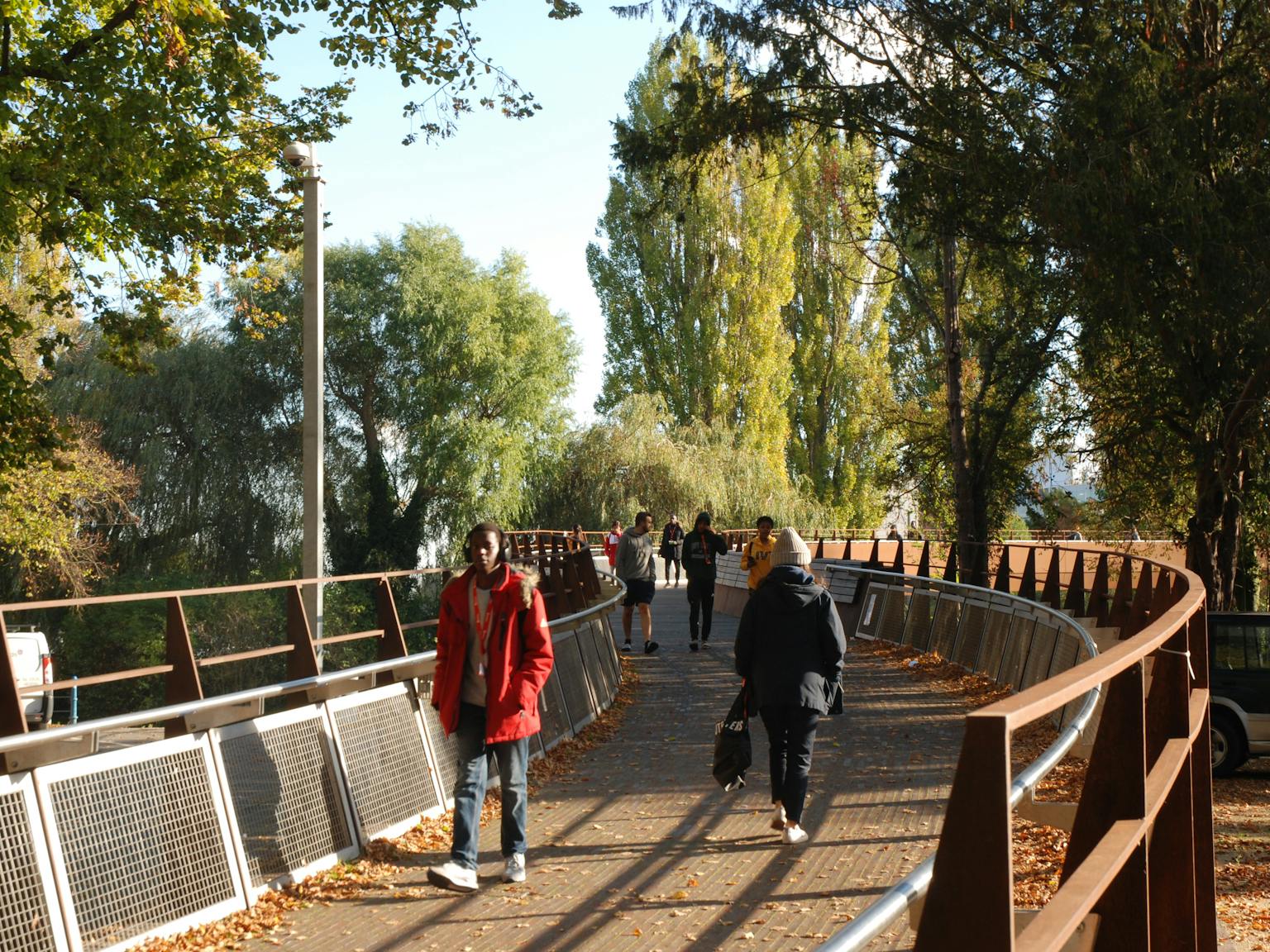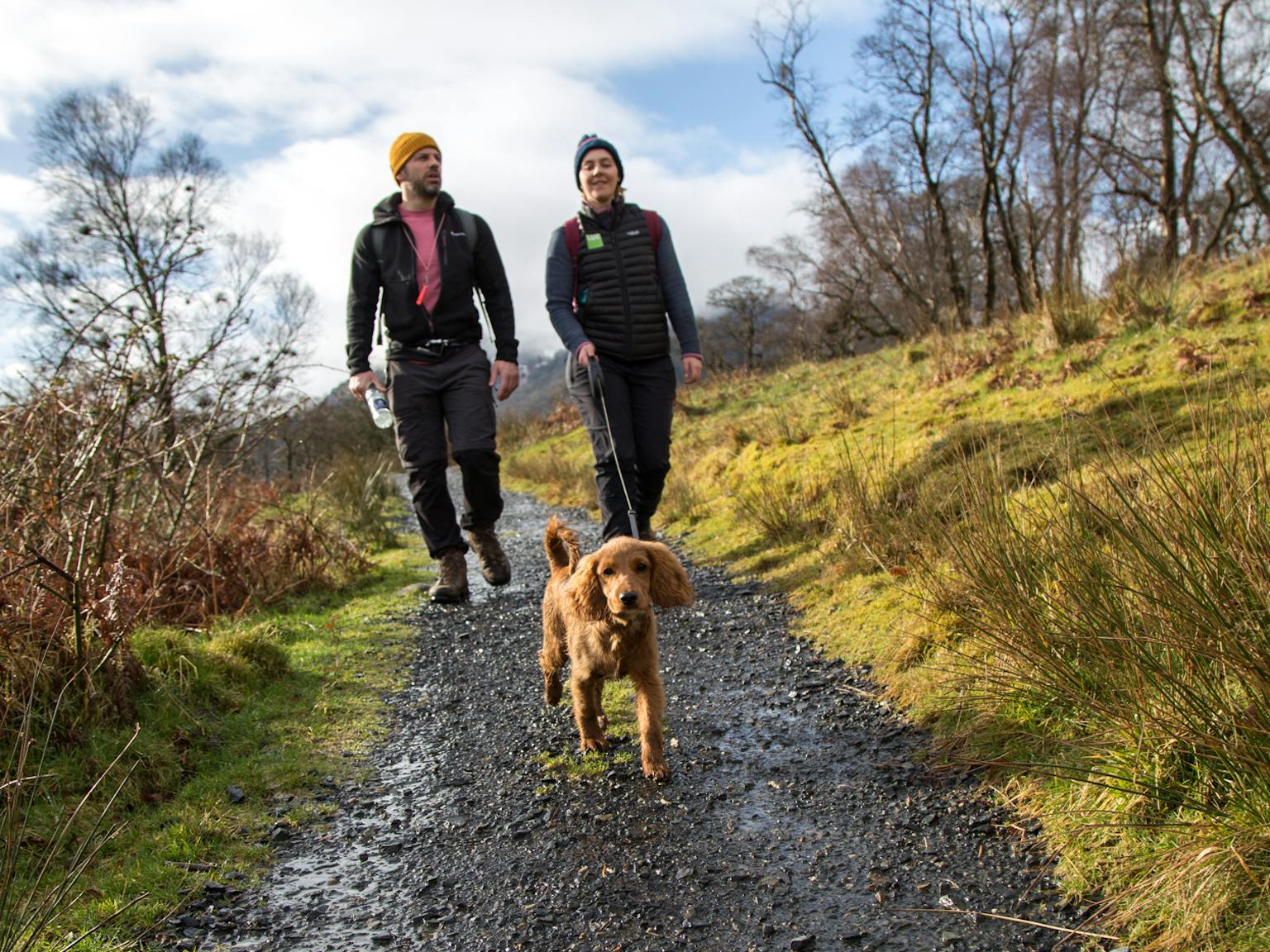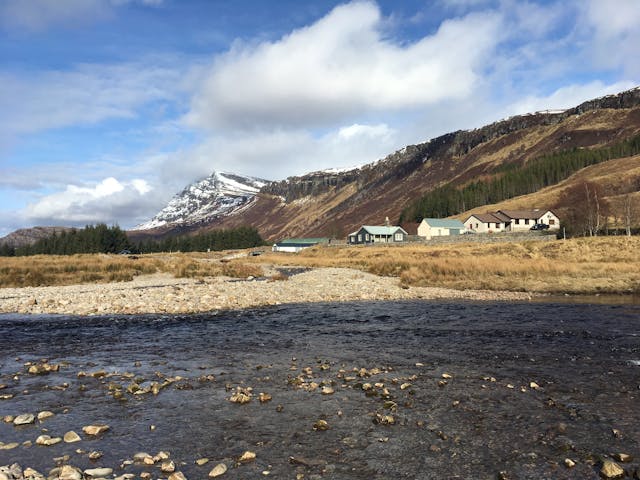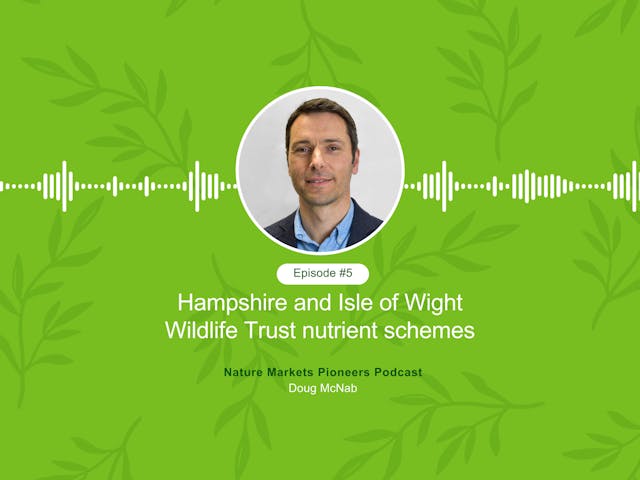
The challenges of Biodiversity Net Gain at landscape scale – and what we can do about them
Biodiversity Net Gain (BNG) has become a cornerstone of planning policy in England. Developers must show that projects deliver at least a 10% improvement in biodiversity, measured using the Statutory Metric. This works well for individual sites, where boundaries are clear and outcomes can be predicted.

Funding options for nature recovery are limited, but the growing nature markets in England provide a reliable and structured source of funds. BNG is England’s major regulatory green finance mechanism, so it’s no surprise that large-scale landscape projects are turning to this marketplace. But what happens when we try to apply the discrete BNG metric to thousands of hectares of land? That’s where things get complicated.
The promise and the problem
BNG is driving investment into nature recovery. It has opened up new markets, with landowners creating habitat banks and selling biodiversity units to developers. It’s a positive step, but the metric behind BNG was designed for site-based projects, not for restoring entire landscapes.
Large-scale nature recovery schemes aim to bring back natural processes: reconnecting rivers to floodplains, rewetting peatlands, and allowing scrub and grassland to develop and change over time. These changes create dynamic, mosaic habitats. Ecologically, that’s a good thing. But the metric expects fixed parcels and precise percentages. It struggles to cope with uncertainty and complexity at scale.
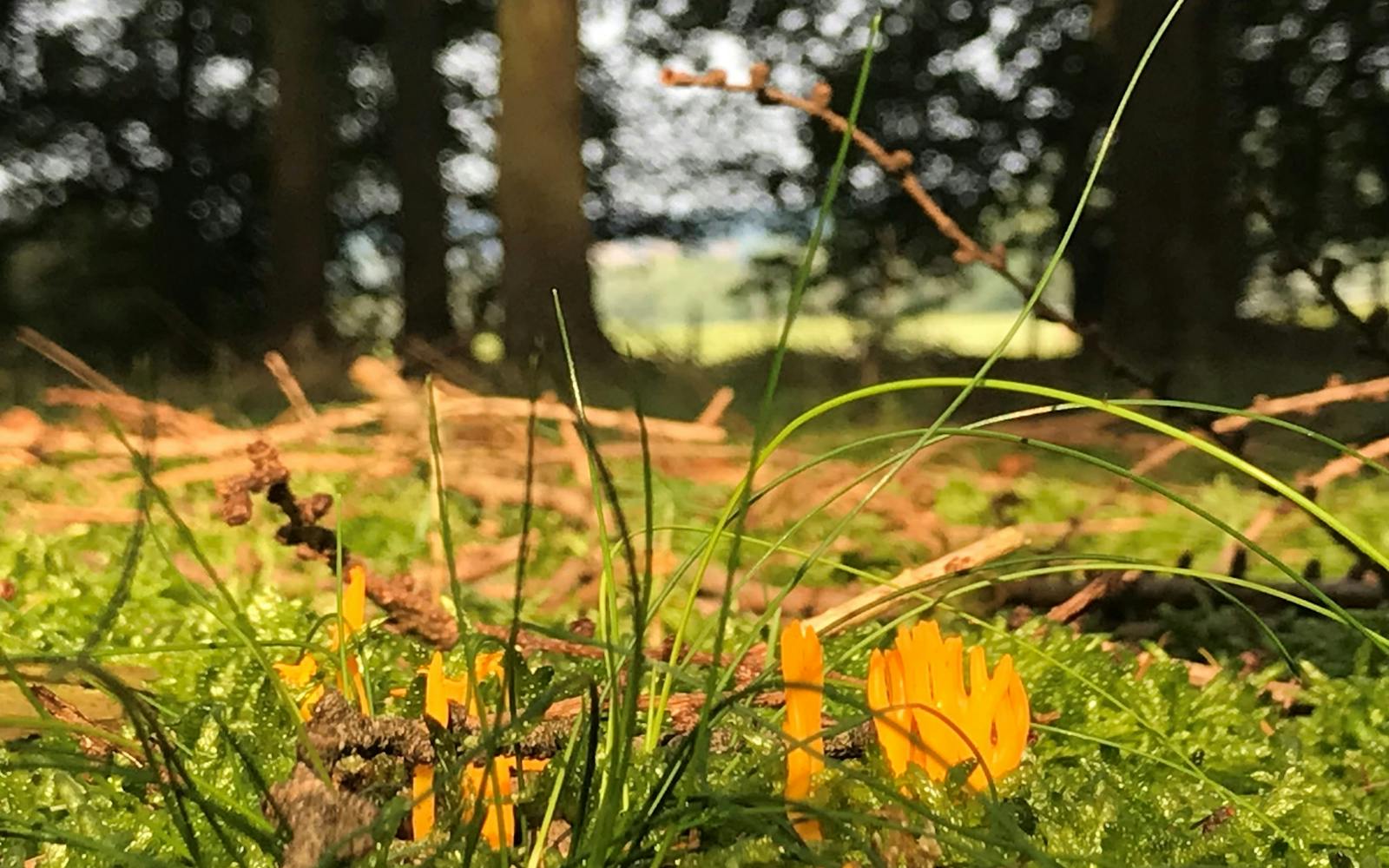
Why landscapes are different
On a single site, you can survey every field and predict the impact of adding a hedgerow or creating a wetland, tailoring interventions to subtle changes in soil, water, and topography. At landscape scale, however, you can’t be that specific. Interventions like blocking drainage ditches will change water levels and vegetation patterns, but not always in ways that can be predicted within and across parcels in advance.
BNG is still evolving, and its statutory metric was designed for typical development sites. It works best where habitats are predictable and boundaries are clear. At landscape scale, things are different. Habitats can be rare, complex and dynamic, forming evolving mosaics. While the metric allows some flexibility, it relies on certainty, which is hard to achieve when restoring natural processes across thousands of hectares.
Outcomes are not uncertain because of poor planning, but because nature responds to a complex mix of factors. When re-naturalising at scale, unexpected changes at the micro-scale are inevitable. Where we would expect tailored land management at a parcel scale, as with most BNG-related plans, the very intent of landscape restoration or “rewilding” will develop healthy, resilient and dynamic landscapes. These outcomes often defy the predictability preferred by the BNG metric. Although the metric allows for habitat mosaics and Rule 4 can be applied in these circumstances, mosaics still require a percentage cover, and Rule 4 is still in its infancy in application.
Trying to force this complexity into a rigid metric risks two things: unrealistic promises and ecological compromise. If you over-promise detail, you risk failing to deliver. If you simplify too much, you risk designing for the metric rather than for nature.
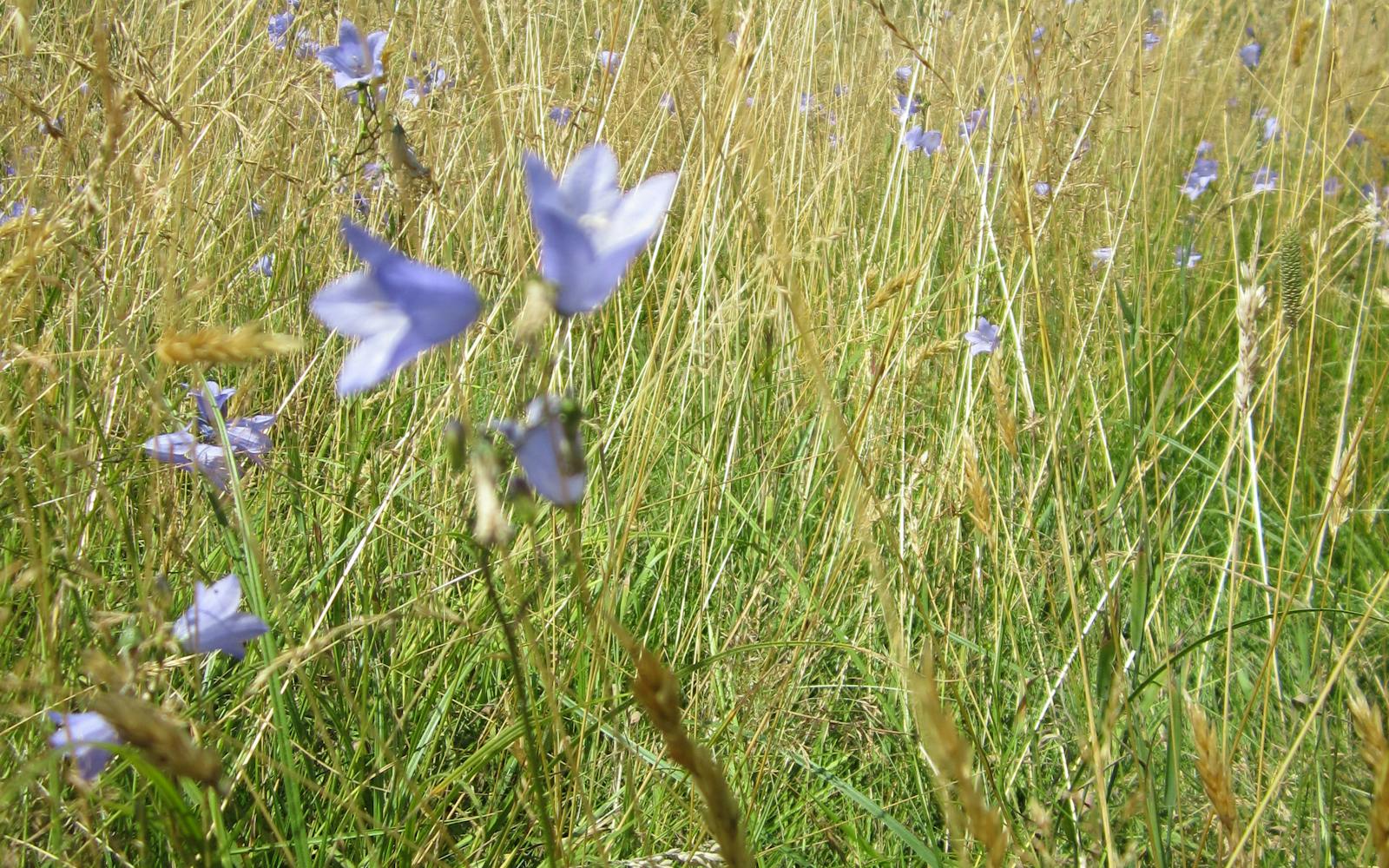
Data dilemmas
Scaling up also changes how we use data. Detailed surveys across thousands of hectares are rarely practical, so projects turn to national datasets or AI-derived mapping. These tools are useful, but they’re not perfect. Translating between different habitat classifications or land cover types introduces room for interpretation errors, compounded by challenges of scale. Powerful AI tools can detect tiny patches of scrub or bracken, but this level of granularity may misrepresent natural variation as fragmentation. This can result in a reporting exercise that bears little resemblance to the ecological reality on the ground.
Solutions
There isn’t a single solution to bridge this gap, but there are principles that help. From our work on landscape recovery and nature markets, here’s what we’ve figured out can make a difference:
- By thinking strategically, not just numerically, we can use BNG as a lens to guide where investment lands and where it most strengthens nature networks. The metric should support the strategy, not dictate it.
- We keep data in perspective. By treating national and AI datasets as indicative, not definitive, we put them to best use to kick off conversations, not lock in decisions.
- We avoid dividing landscapes into tiny parcels. We generalise for reporting where needed, but keep the ecological narrative intact.
- We plan for uncertainty. Where outcomes are hard to predict, we set realistic baselines and treat any additional gains as a bonus rather than a guarantee.
- We tell the story behind the numbers by pairing metric outputs with a clear narrative about how connectivity, water management and habitat quality will improve over time.
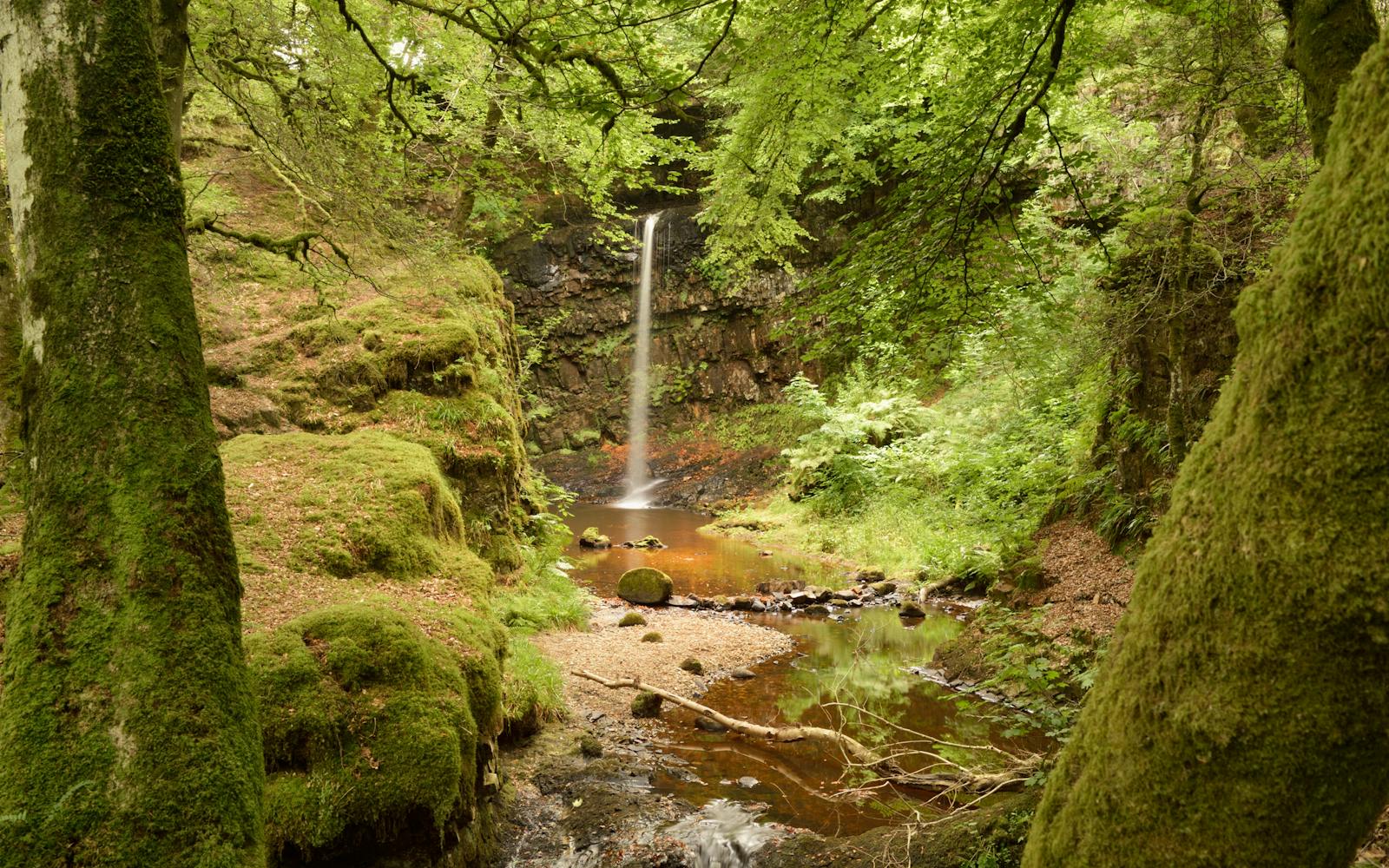
Looking ahead: NSIPs and beyond
Nationally significant infrastructure projects (NSIPs) are consented by the Secretary of State using development consent orders (DCOs) and sit outside the Town and Country Planning Act 1990 because of their size, impact and strategic significance.
BNG is likely to become mandatory for NSIPs projects in 2026. These schemes operate at huge scales, so the challenge of applying a site-based metric will only grow. Luckily, we’ve worked on NSIPs for many years and know that early engagement, flexible approaches and transparent assumptions will be essential. We’re eager to see what challenges NSIPs bring to BNG, and we know our experience working at scale will help us navigate them and keep things moving forward.
The bigger picture
Landscape recovery is about restoring natural function. The statutory metric is a useful tool, but it was never designed to capture the complexity of dynamic ecosystems across thousands of hectares. At this scale, success depends on combining the metric with strategic thinking, proportionate evidence and a strong ecological narrative.
BNG should help us direct investment to the right places, but the ultimate goal is thriving, resilient landscapes.
We help design green finance plans for large-scale projects, showing how nature recovery can be funded through government schemes and private investment. BNG is a key driver of this funding, alongside other markets such as carbon and nutrient neutrality.


